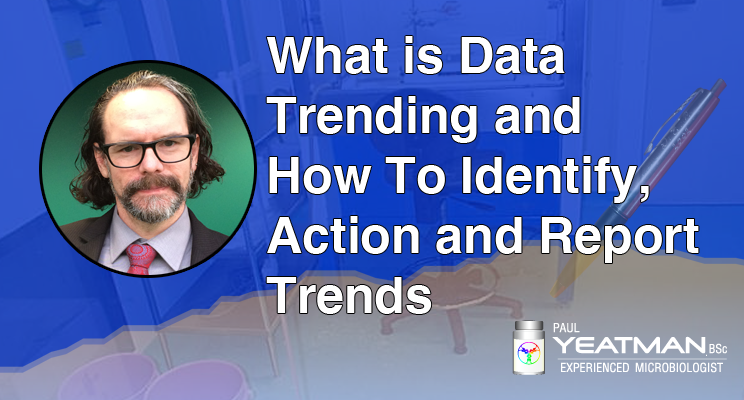The Question posed on LinkedIn: (seems to be a dead conversation now).
“In a cleaning validation program, Which swab area is preferred ?
In any cleaning validation program, two common sample methods usually used.
One is rinse sampling and the other is swab sampling.
For swab sampling, some companies choose to use a 25 cm² swab area, others are using a 100 cm².
As per my limited info, no regulation ask to use a specific swab area.
But since you choose to use one of them, there must be a scientific rational/ justification, right ?
is it because, the larger is your swab area, the greater residues you can swab and recover ?
practically, some factors affect and effected by determining a swab surface area, Like ; recovery, the swabbed equipment part, residue limit..etc.
so, what is yours ?

